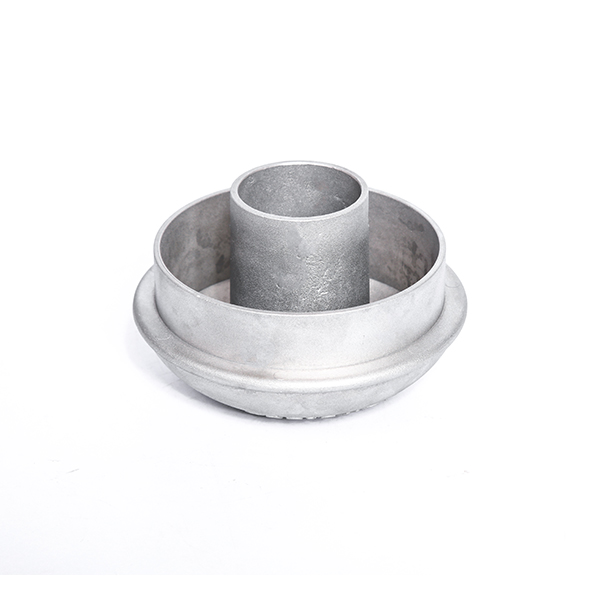Mobile:+86-311-808-126-83
Email:info@ydcastings.com
English
aluminum investment casting
Understanding Aluminum Investment Casting
Aluminum investment casting is a precision manufacturing process used to create intricate and high-quality components with a range of applications in industries such as aerospace, automotive, and electronics. This method involves the creation of a wax or polymer model, which is then coated with a ceramic shell. Once the shell is formed, the model is heated, causing it to melt away, leaving a hollow cavity that is filled with molten aluminum.
One of the primary advantages of aluminum investment casting is its ability to produce complex geometries that would be difficult or impossible to achieve using traditional machining techniques
. With a high level of detail and excellent surface finish, investment casting allows for the creation of lightweight parts that can significantly reduce the overall weight of assemblies, a critical factor in industries like aerospace where weight savings translate directly to fuel efficiency and performance improvements.The process begins with the design of a precise master pattern, which can be made from wax, plastic, or metal. These patterns are coated in a fine-grained ceramic material that hardens to form a strong shell. Once the shell is formed, the pattern is removed through a heating process, and molten aluminum is poured into the cavity left behind. After the aluminum cools and solidifies, the ceramic shell is broken away, revealing the final part.
aluminum investment casting

Aluminum investment casting also offers significant cost-effectiveness for medium to large production runs. While the initial cost for tooling can be higher compared to other casting methods, the per-unit cost decreases significantly as production scales up. This makes it an appealing option for manufacturers looking to balance quality and cost in their production processes.
Additionally, aluminum alloys used in investment casting typically possess excellent mechanical properties, corrosion resistance, and thermal conductivity. This versatility allows manufacturers to tailor their components to meet specific performance criteria, which can be critical in high-stakes environments like aerospace or medical devices.
In conclusion, aluminum investment casting is a valuable process for producing complex and high-quality components across various industries. Its capability to create intricate designs, along with favorable material properties and cost advantages in larger production runs, makes it a preferred choice for manufacturers aiming to leverage advanced casting technologies in their operations. As industries continue to evolve, the demand for precision-engineered aluminum components will likely grow, further cementing the role of investment casting in modern manufacturing.











